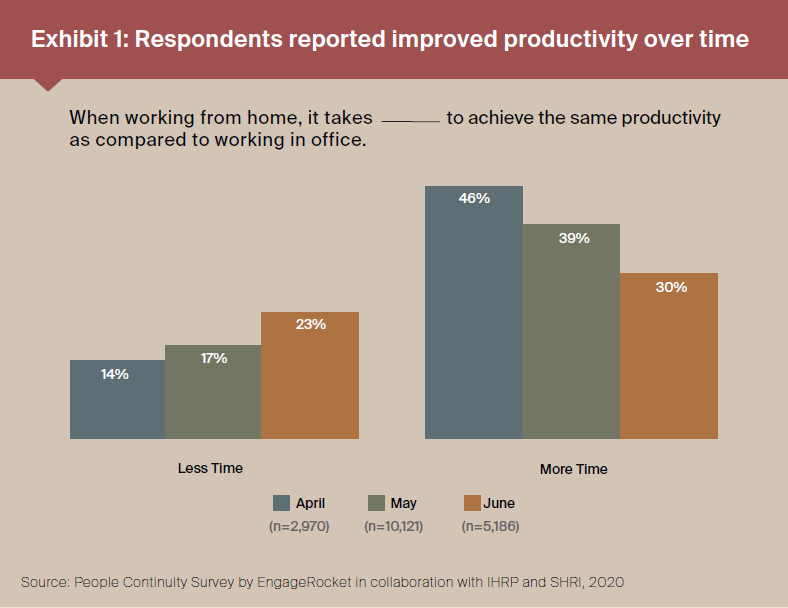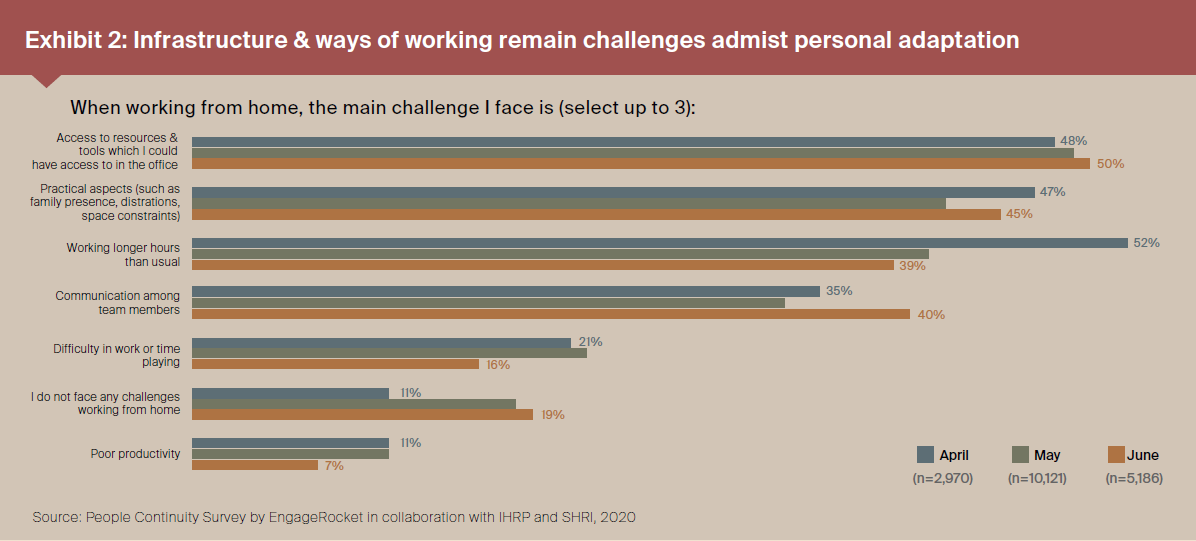Revisiting Workforce Agility
Beyond a mere nod to flatter structures, business processes and mobile teams, true workforce agility enables organisations to meet problems with urgency and make faster decisions with accountability.
3 minutes to read
Most companies with agile teams still face the issue of maintaining accountability together with ensuring efficacy through a distributed workforce.
Being agile does not equate to lesser control. A decentralised organisation merely contains a larger number of “decision nodes” in its network, each helmed by the right person operating cross-functionally with other departments. This practice continues down to the junior executive, where every team and person can make independent and daily decisions to execute tasks.
Companies that include workforce agility as part of their business stratagem will no doubt immunise their business to the teething problems faced by a traditional hierarchy.
The office is here to stay
Rent structures and operational costs continue to be major considerations for firms. Organisations have to relook at workspaces to accommodate health and safety issues while facilitating efficient collaboration and communication. The physical office can support an interpersonal working culture that can be difficult to achieve virtually.
Results from the EngageRocket People Continuity Survey revealed that majority of employees still perceive their offices as relevant and pivotal to higher levels of productivity (Exhibit 1).

Will People Be Accustomed to Telecommuting?
One of the top concerns among respondents to the EngageRocket People Continuity Survey was the impact of working from home (WFH) on their productivity levels. While more than half reported that they took the same or a lesser amount of time when WFH to achieve similar productivity levels, 40% believed that they required more time to complete their tasks.
Concerns over having to work longer hours decreased through the months, demonstrating that respondents adjusted well to their new work arrangements. Additionally, businesses are realising that allowing employees to work remotely may not be as disruptive and detrimental to operations as previously thought. The changed perspective has led firms to discover that telecommuting could result in utilising smaller offices, potentially reducing rental and operational costs. However, not all businesses have the resources to support full WFH arrangements, and work culture plays a part in determining the success of its operational success.

Whilst corporations demonstrated openness to flexible working arrangements, they will continue to weigh productivity gains, team cohesion and individual aspirations within the parameters of telecommuting. Workplace strategists and occupier consultants have to balance risk management with workplace capacity. The key to success in planning for business resilience and space optimisation is to unify talent and culture management with processes and workplace strategy.
Overcommunicate clearly, and frequently
With fewer face-to-face interactions, companies are more aware of the need to preserve their identity and culture on top of ensuring the continued trust, respect and loyalty of clients and employees.
The need to communicate better and regularly is a must. In addition to mapping out workflows and expectations, organisations can inform employees of the feedback channels available and inculcate the importance of closed-loop communications to avoid misunderstandings.
Such an approach can entail regular updates to employees on challenges faced, business continuity plans and policy changes that protect and promote the welfare of their workforce.
For instance, company management may roll out learning and development topics that help employees transition between fluid
working environments as the business continues to navigate changes in the market.
For commercial agents, this translates to communicating the understanding of tenants’ needs in every market situation and
think of ways to care for the tenants’ employees and businesses.
To show heightened support, the presence of more senior staff in project teleconferences with clients can help increase engagement and connote the level of importance that the company places on its accounts.
Above all, better communication leads to reduced misunderstandings, stronger relationships, and higher levels of trust and value.